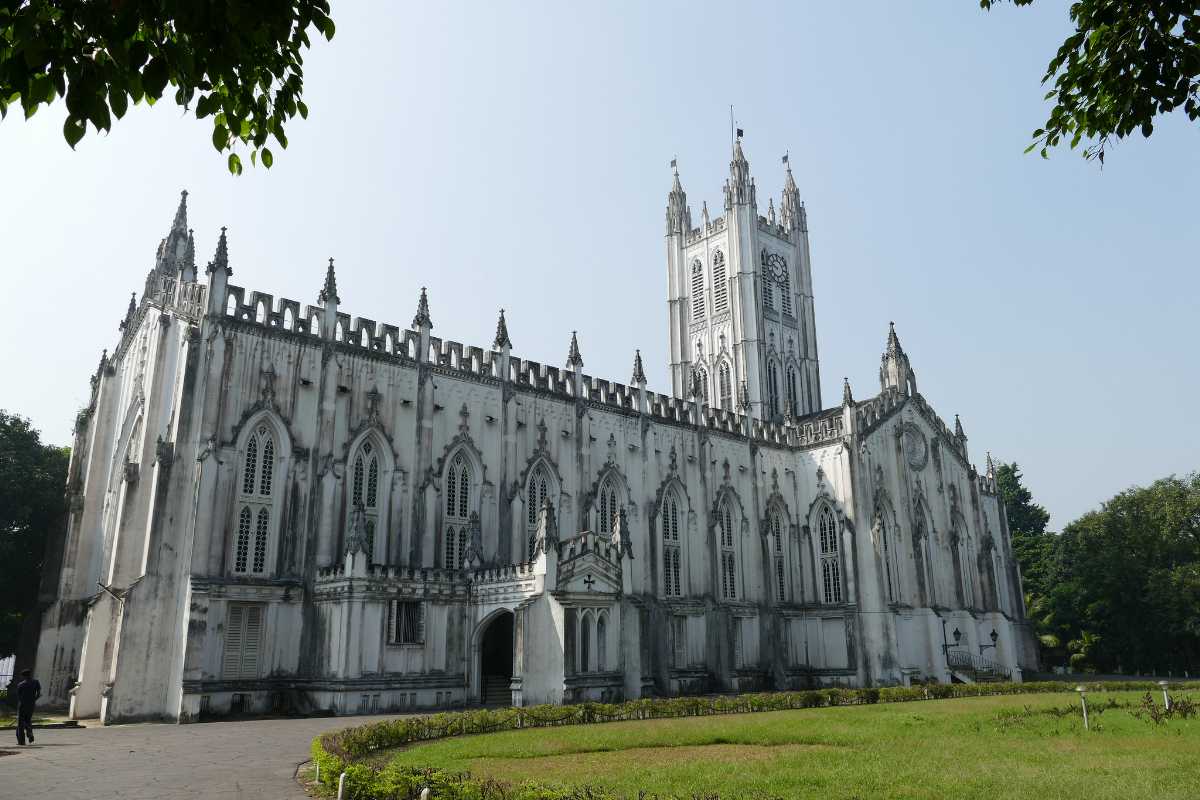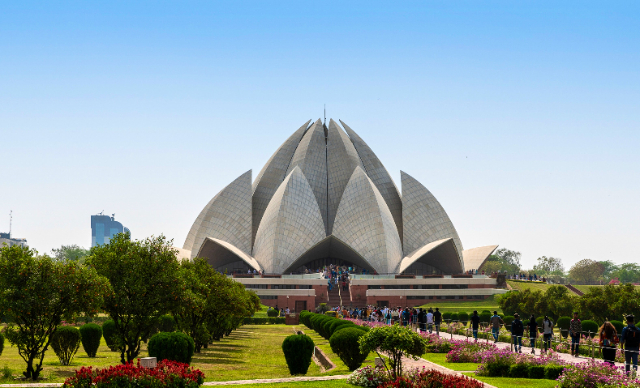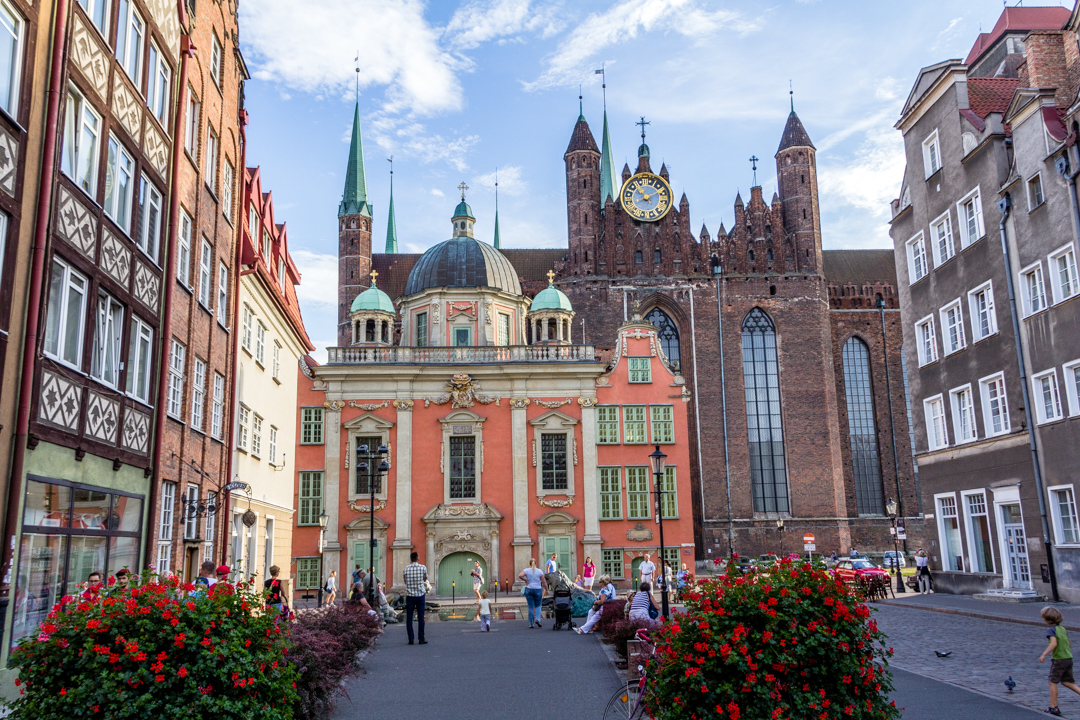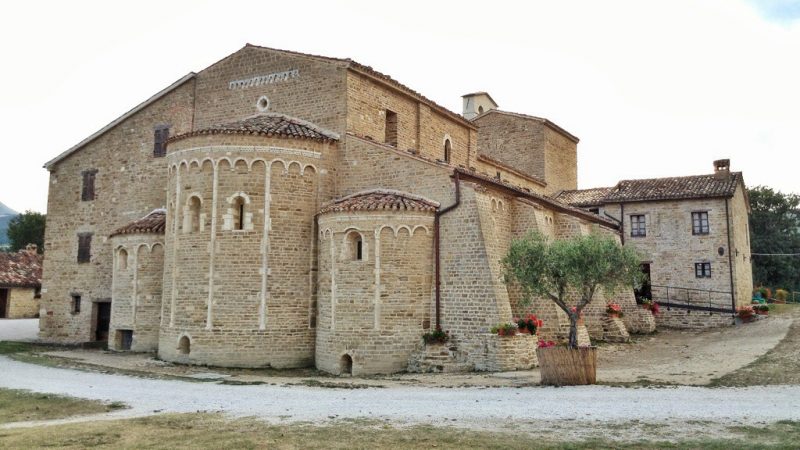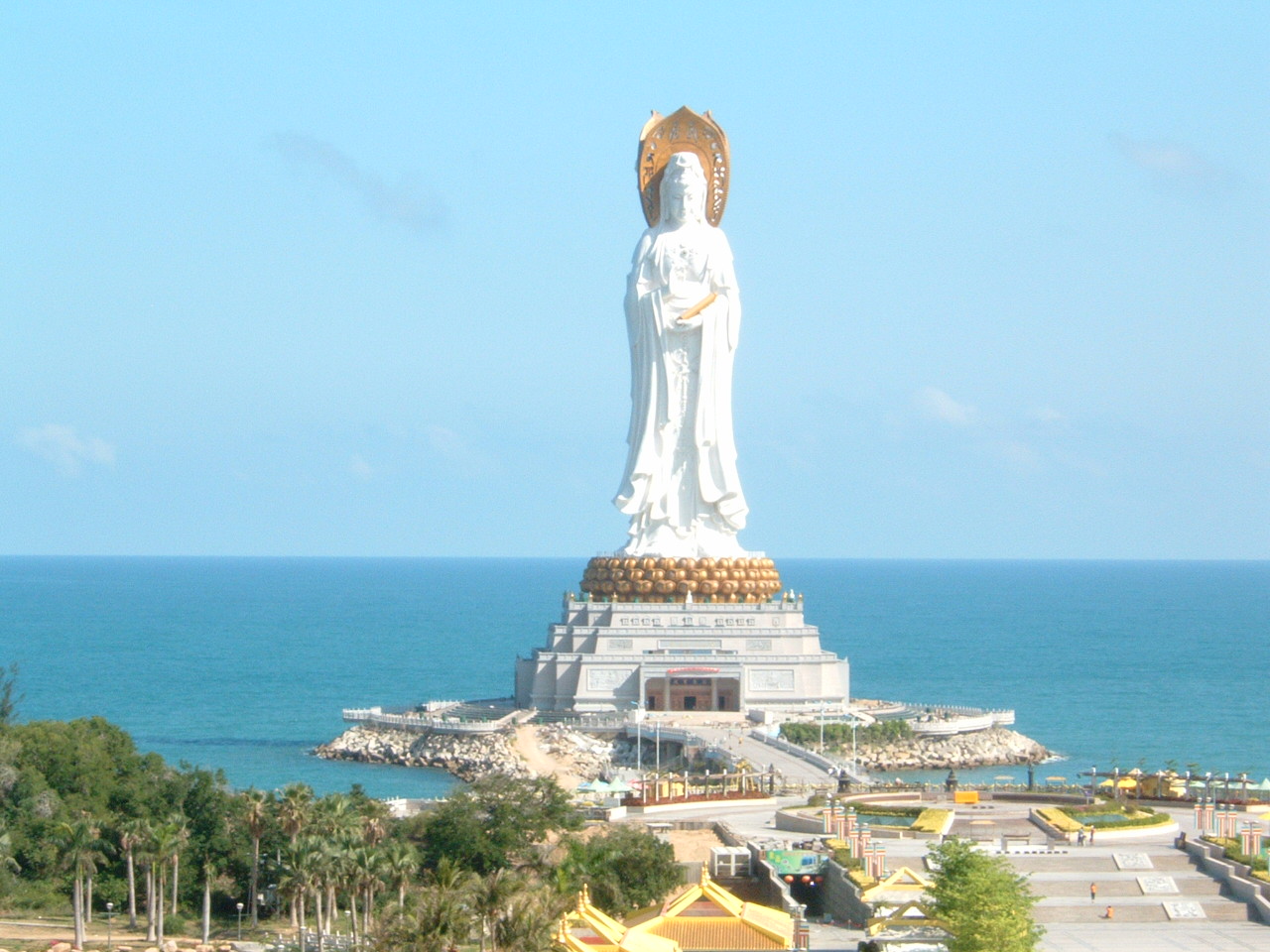Between 1215 and 1240 the fortress became a fortified city. The Bull of Pope Innocent IV of December 6, 1247 led to the creation of the first independent parish of Turbie and authorized the construction of a church in honor of St. Nicholas, patron saint of sailors. The construction ended in 1321. The church stood at the transept of today’s cathedral. The parish cemetery was located in the space later occupied by the nave. During the 15th, 16th and 17th centuries, eight chapels were built at the side aisles.
In 1868, the territory of the Principality of Monaco was separated from the Diocese of Nice. It was then decided to demolish the Church of St. Nicholas, which boasted six centuries of history, to build the present Cathedral. On 6 January 1875, Prince Charles III laid the first stone of the present monument, dedicated to Our Lady of the Immaculate Conception. Saint Nicholas and Saint Benedict are the secondary patrons. The consecration of the Cathedral took place on June 11, 1911.
The Great Organs, located on the chancel overlooking the narthex, date back to 1976 and are the work of Jean-Loup Boisseau in collaboration with Pierre Cochereau and Canon Henri Carol. The reconstruction work on the Grand Organ was entrusted to the organ manufacturer Thomas (Belgium) and after 2 years of work, Monaco boasts a unique instrument from an architectural and musical point of view since December 2011. Beyond the liturgical appointments, which are always attended, the fame of the Cathédrale Notre-Dame-Immaculée de Monaco is linked to the presence of the deceased princes. In particular, Rainier III and his wife Grace Kelly, whose love story, in the mid-1950s of the last century, and culminating in the wedding celebrated in the Cathedral itself, inflamed magazines all over the world.


